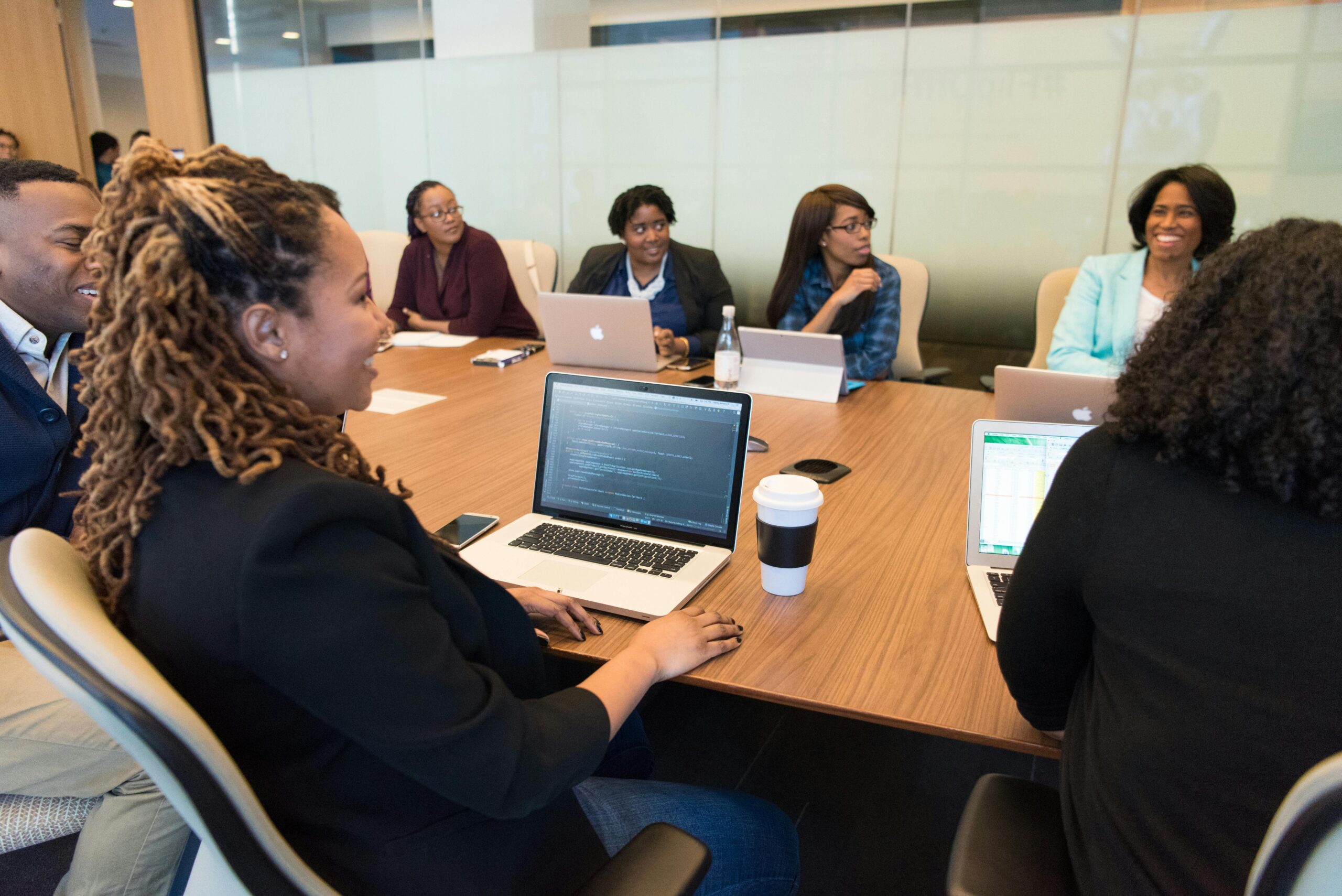
Meetings can either be a powerful tool for collaboration and progress or a dreaded waste of time. For leaders and managers, running effective meetings is an essential skill. Whether you’re in Nairobi, New York, or Nakuru, the ability to bring people together and drive meaningful outcomes remains the same. If you often leave meetings feeling like nothing was achieved or that people were disengaged, this guide is for you.
In this blog, we’ll break down what makes meetings successful, how to structure them, and the tools and techniques you can use to keep participants focused and outcomes clear.
1. Understand the Purpose of the Meeting
Before scheduling any meeting, ask yourself: What is the goal?
Is it to make a decision, brainstorm ideas, review progress, or provide updates? Many meetings fail because they are held out of routine rather than need. Each meeting should have a clearly defined objective. For example, instead of “team sync,” your meeting purpose could be “to finalise the Q4 marketing plan.”
If a quick email or chat message can achieve the same outcome, skip the meeting altogether. Your team will appreciate you for it.
2. Create and Share an Agenda in Advance
An agenda provides structure. It tells attendees what to expect and how to prepare. It also keeps the meeting focused.
An effective agenda includes:
-
The meeting’s goal or topic
-
Key discussion points
-
Time allocations for each item
-
Who is leading each section
Send it at least 24 hours before the meeting, along with any documents that need to be reviewed. If you’re working with a remote or hybrid team, attach the agenda to your calendar invite or post it in your team’s collaboration tool, such as Slack or Microsoft Teams.
3. Start and End on Time
Respect your team’s time by beginning the meeting exactly when scheduled. This sets a professional tone and discourages lateness. The same goes for finishing on time. If you regularly run over, people will tune out or stop showing up altogether.
You can even set shorter meetings as a discipline. A 25-minute meeting instead of a 1-hour default can create urgency and focus.
4. Assign Roles to Keep Things Flowing
Designate a meeting facilitator, timekeeper, and note-taker. In small teams, these roles can be rotated.
-
The facilitator ensures that the meeting stays on topic and that everyone gets a chance to speak.
-
The timekeeper helps avoid going off track or spending too much time on one issue.
-
The note-taker records key points, decisions, and next steps.
These roles make sure the meeting doesn’t become a free-for-all or dominated by just one or two voices.
5. Foster Engagement and Inclusivity
Meetings should not be monologues. A leader’s job is to make sure all voices are heard, not just the loudest. Use techniques like:
-
Asking quiet team members for input
-
Breaking into smaller groups or breakout rooms
-
Using collaborative tools like Google Docs, Miro, or Jamboard for brainstorming
If the meeting is online, encourage team members to turn on their cameras. It humanises the conversation and keeps people more engaged.
6. Make Decisions and Assign Action Items
Nothing kills motivation like a meeting where everyone talks but no decision is made. As the leader, your job is to bring conversations to a close with a decision or a plan for how the decision will be made.
End each meeting with clear action items:
-
Who is doing what
-
By when
-
How progress will be tracked
These next steps should be documented and shared with all attendees right after the meeting.
7. Evaluate and Improve
Occasionally, ask your team how meetings can be improved. A quick anonymous survey or a 5-minute feedback session can provide valuable insights. Are meetings too frequent? Too long? Lacking focus? Use this input to make changes.
Also, reflect on your meeting facilitation skills. Are you giving enough room for discussion? Are you closing with clarity? Great leaders are always learning.
8. Use Technology Wisely
Platforms like Zoom, Google Meet, and Microsoft Teams are now standard in most workplaces. In Kenya, many SMEs and startups are embracing these tools alongside WhatsApp and email. Leverage features like:
-
Polls for quick input
-
Breakout rooms for focused discussions
-
Shared whiteboards for visual brainstorming
-
Meeting recordings and auto-transcriptions for those who couldn’t attend
For in-person meetings, tools like projectors, printed agendas, or shared Google Docs can improve the experience.
9. Avoid Meeting Overload
Not every issue needs a meeting. Leaders should encourage a culture of asynchronous communication when appropriate. Tools like Trello, Asana, or Slack can help your team share updates without sitting in endless Zoom calls.
Set meeting-free days if needed. This improves productivity and gives your team time for focused, deep work.
10. Celebrate Progress
Use part of your meeting to recognise achievements or milestones. Acknowledging a team member’s contribution or celebrating a win boosts morale. It reminds people why their work matters and fosters a positive team culture.
This can be as simple as starting each meeting with a “shoutout” session.
Final Thoughts
Great meetings don’t just happen. They are planned, led, and improved continuously. As a leader or manager, your ability to run effective meetings shows respect for your team’s time and energy. It also drives better decisions, faster execution, and stronger collaboration.
At EagleHR Consultants, we help organisations build capable, high-performing teams, and that includes coaching on workplace communication and leadership. If you’re ready to transform how your team meets, we’re here to help.